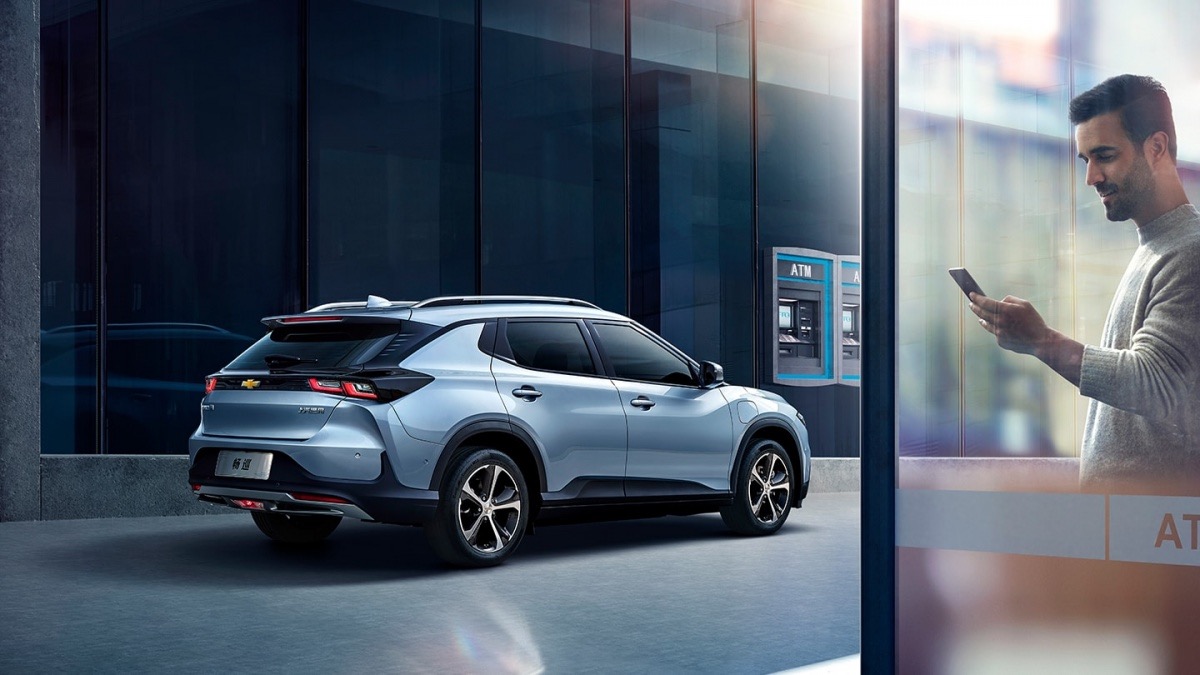Course Introduction
Electric vehicles (EVs) are still considered as emerging technology, therefore, for the majority of users, the knowledge of relevant EV technology is still unknown or only partially understood. This course aims to start from the user experience of daily life, to help users understand the technical features of EVs and the knowledge of the daily use, so as to help consumers establish consumption confidence.
1. The difference between electric cars and gasoline cars in driving experience
Due to the output characteristics of the motor, the maximum torque can be released at any time, making the start more agile. In addition, electric cars usually do not have a gearbox (a very few have a 2-gear gearbox, such as Porsche Taycan), so there is no need to shift down and raise the speed like a gasoline car. Therefore, the power output response is fast, very linear, and the acceleration sensation of electric cars with the same power level is much better than that of gasoline cars.
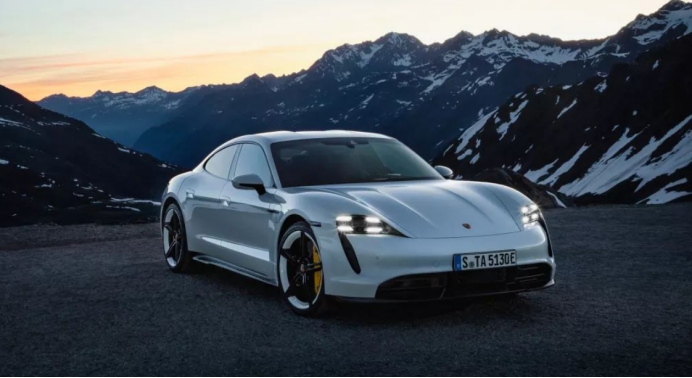
2. What exactly is regenerative braking?
Motors do not have the noise of high-speed engines, which is relatively more comfortable. Electric cars have regenerative braking, which is simply the motor reversing and generating power to supplement energy when decelerating. After getting used to it, the vehicle can be accelerated by only using the throttle pedal, which can increase the range and reduce the wear of the braking system.
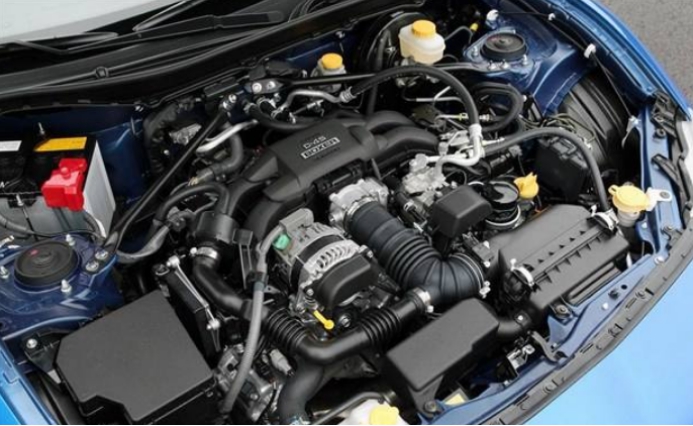
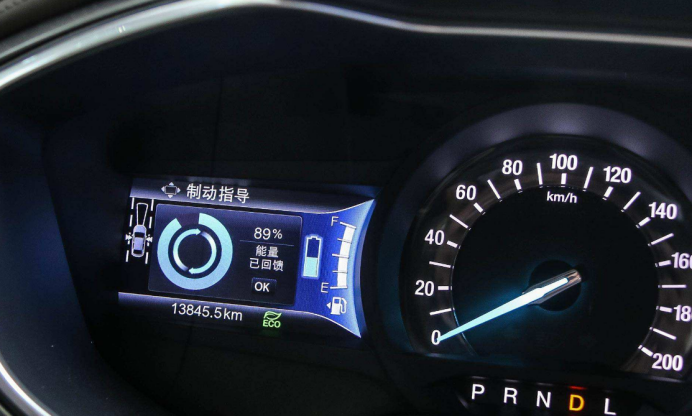
3. What’s the deal with the difference between NEDC and actual range?
Currently in China, the NEDC test method is used to determine the EV range. The NEDC method typically shows much higher range than actual usage, similar to the gasoline cars experiencing difficulties in achieving the fuel consumption stated by MIIT. The main purpose is to serve as a benchmark for lateral reference when purchasing a vehicle.
According to our tests, under the circumstance of using air conditioning in the summer, the actual urban range is generally around 80-90% of the NEDC range, depending on the vehicle model. While in winter with heating, the actual range is around 60-70% of the NEDC range. For specific testing methods and differences from EPA and WLTP, please refer to the following text.### 4. Why are the vehicle operating costs of electric cars lower? What are the differences in maintenance between electric and gasoline cars?
Maintenance
Since electric cars do not have an engine or transmission, routine maintenance usually involves checking consumables like wiper blades, windshield washer fluid, air conditioning filters, and brake systems, which are all considered routine consumables.
The only thing to be aware of is that the battery coolant needs to be replaced regularly, usually with a longer replacement cycle (e.g. every 4 years or 80,000 kilometers for a Tesla Model 3). For other vehicles, refer to the owner’s manual for specific information.
Routine maintenance and inspections can be performed by reliable repair shops, while it is recommended to have the battery coolant replaced at an official 4S or designated after-sales maintenance center.
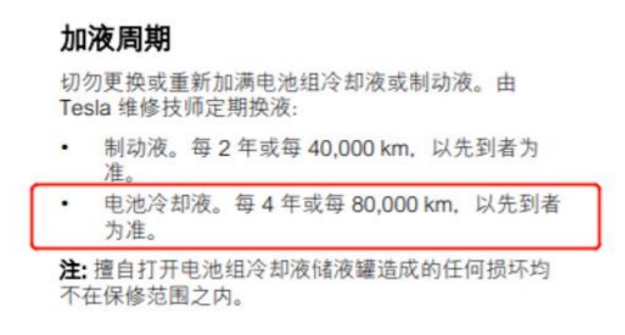
Tesla Model 3 official maintenance instructions
Charging costs
-
The average cost for a residential charging station is about 0.5 yuan per degree.
-
Public charging stations usually range from 1.2 to 2 yuan per degree depending on peak and off-peak hours.
Assuming your battery has a capacity of 70 degrees and you use a home charging station, the price of one charge is 70 times the cost of electricity.
5. Why is the charging speed of electric cars sometimes fast and sometimes slow? How to find a reliable charging station?
The optimal working temperature for batteries is around 25℃. When the battery temperature is too low, the power of charging and discharging will be greatly affected. If charging is needed in cold winter, it is recommended to drive for a while first to raise the battery temperature before charging.
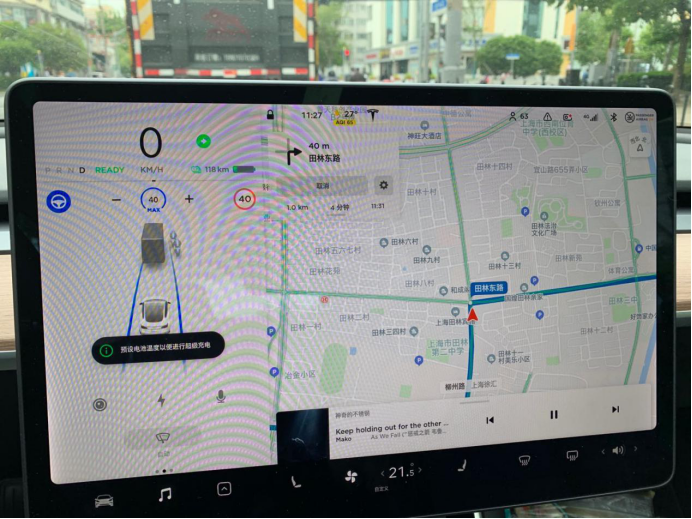
Li-ion battery charging is similar to eating, where it’s like wolfing down food (when low on battery) and requires slow chewing (when almost fully charged). Therefore, it is recommended to recharge when the battery is relatively low to increase efficiency.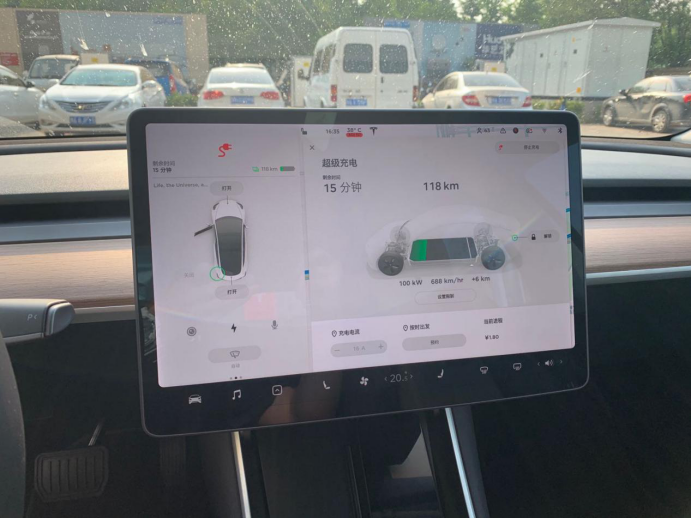
Around 100kW
To find a reliable charging station, you can refer to the following article:
https://mp.weixin.qq.com/s?_biz=MjM5NTIyMjA2MQ==&mid=2656753518&idx=1&sn=296b23b351bc29ecfef1e550bdaa41ff&chksm=bd55b02c8a22393af3b6461341f2763cab225d5b9043273efff9350b949e74dcd568cf4cc08c&token=1446192694&lang=zhCN
- How to prolong the battery life during daily use?
Lithium batteries should not be fully charged or discharged, i.e. avoid running it down to 0% or charging it to 100%.
However, as full charge is much less harmful to batteries than full discharge, users should not worry too much and just avoid fully draining the battery whenever possible.
If you have a home charging system,
I recommend using the scheduled charging function, as long as the calculation is right and it can be used continuously, the decay of battery efficiency will be significantly reduced.
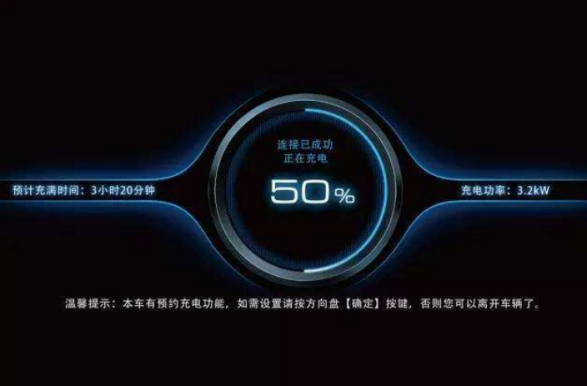
If you do not have a home charging system,
limit the charging capacity within the range recommended by the manufacturer as much as possible, while ensuring your comfortable use.
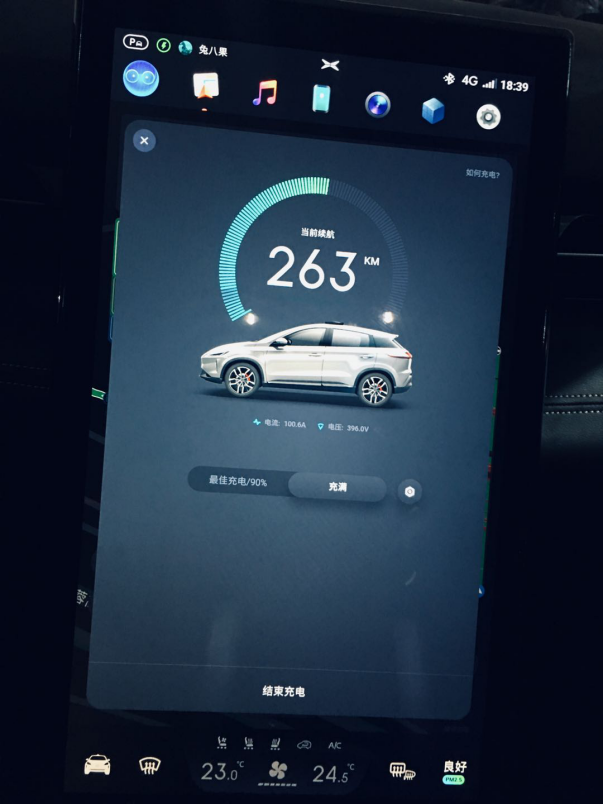
Which electric cars worth recommending at the price of 150,000 to 200,000 RMB?
Joint ventures brands
There are not many options for the joint ventures brands at this price point. Currently, there are Nissan Sylphy Electric, Volkswagen ID.4, Volkswagen Lavida Electric Edition, Buick Velite 6, Chevrolet Bolt EV, and Hyundai Encino. However, Sylphy Electric, ID.4, and Lavida Electric Edition have insufficient range from the current point of view, so they are not highly recommended.
Buick Velite 6 and Chevrolet Bolt EV
These two are sister models, with a range of 410 km. I have driven the Buick Velite 6 for about a week, and the overall driving experience is good, with a solid range. The only drawback is that it is almost devoid of smart technology.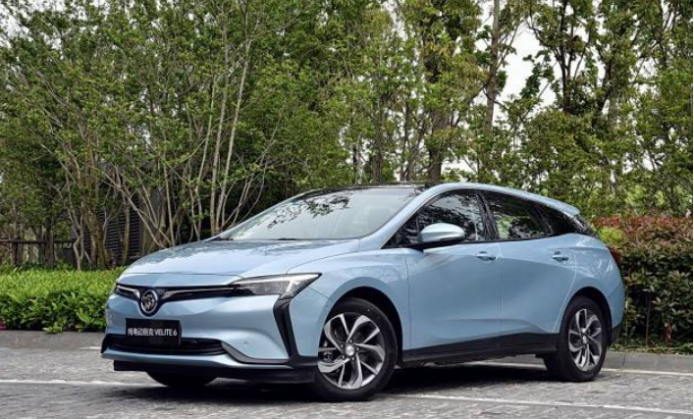
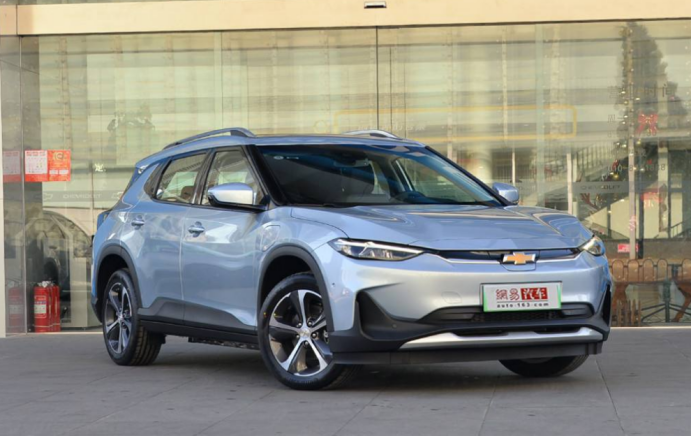
Chevrolet ChangCeng
It has a lower positioning than Wuling Hongguang, but in terms of cost-effectiveness, ChangCeng has an advantage over Wuling Hongguang. If you do not have a particularly subjective view of these two brands, we would recommend Chevrolet ChangCeng more.
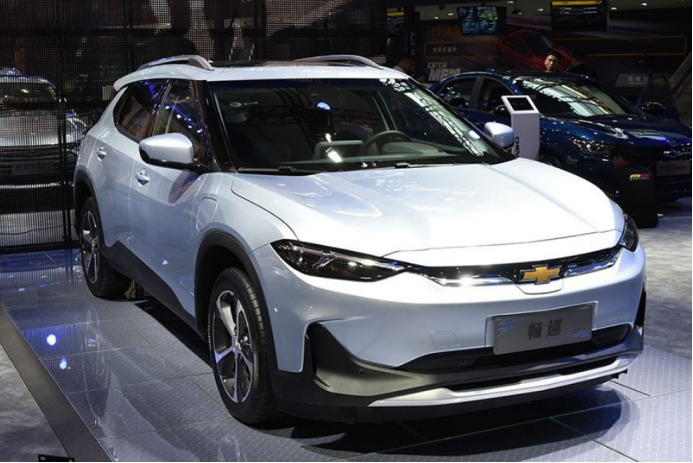
Hyundai ENCINO
Its biggest advantage is the mileage, with an NEDC range of 500km, which is a good level even when compared to new energy vehicles made by independent brands. The main disadvantage is its small space, similar to that of BYD Yuan.
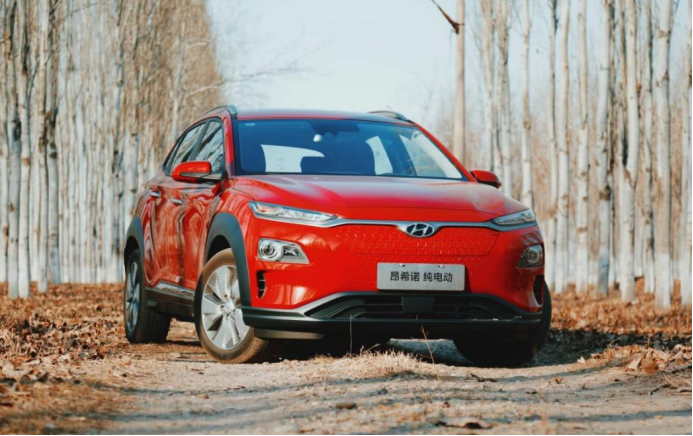
New Energy Vehicles
Currently, XPeng G3 and WM Motor EX5 are recommended:
XPeng G3
It has good overall strength, especially in intelligence and assisted driving. However, the space is relatively small.
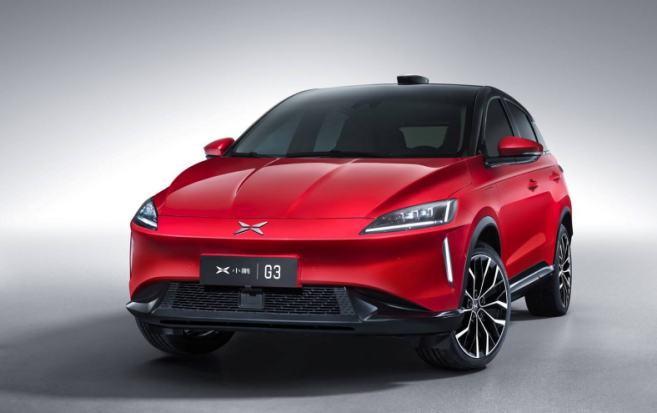
WM Motor EX5
It has better space than XPeng, but is relatively inferior in assisted driving and intelligence.
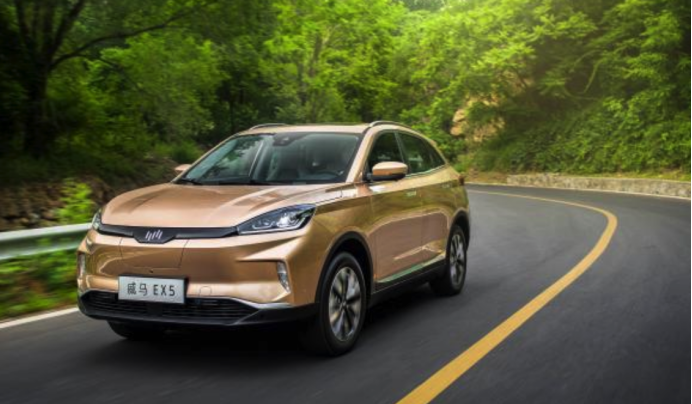
Independent Brands
Currently, there are three popular models: Geely Geometry A, BYD Qin Pro EV, and GAC Aion S. I would recommend these three:
Geely Geometry A
Pros: Has solid mileage and a simple interior design.
Cons: The space is relatively small.
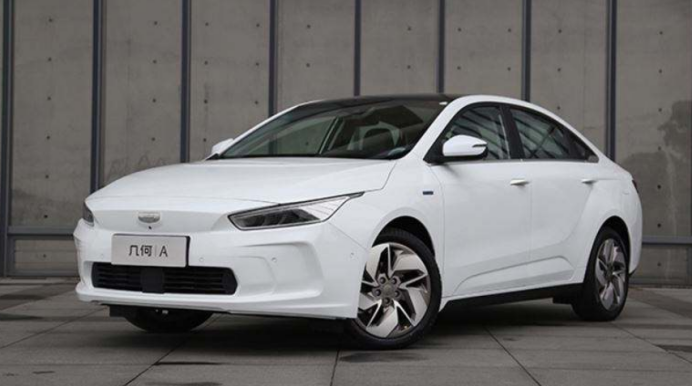
BYD Qin Pro EV
It has solid mileage and no major flaws. Its overall performance is mediocre.
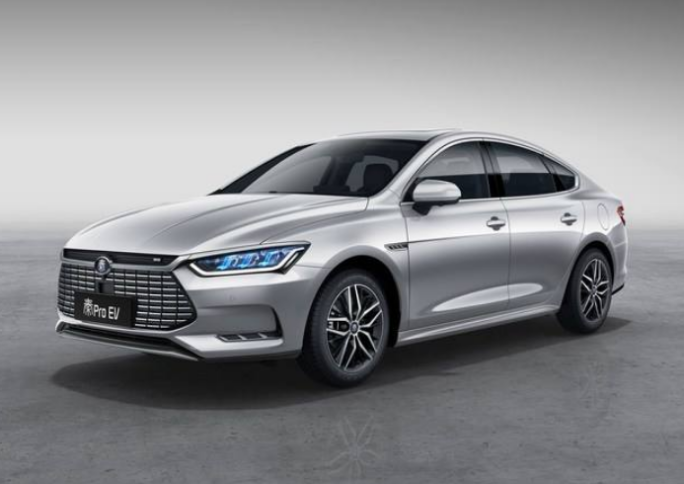 Guangqi Aion S
Guangqi Aion S
Advantages: The interior and exterior design are both nice, especially the interior, which has a certain level of luxury.
Disadvantages: The range is relatively lower compared to the other two models, as it has the lowest battery level among the three.
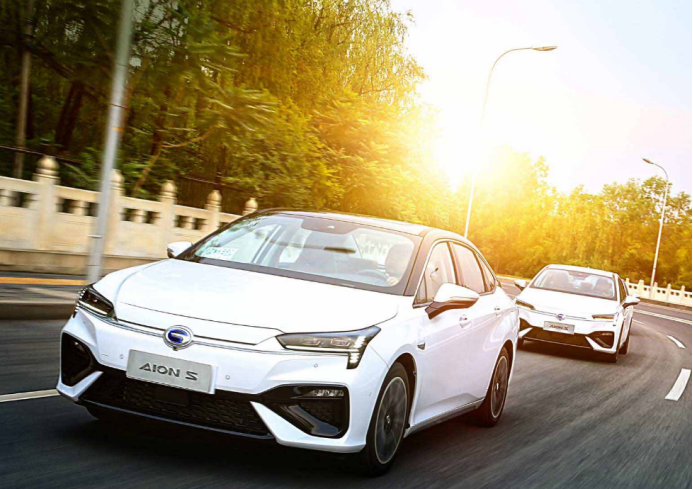
Car Selection Guide
Office Worker
Office worker: After experiencing my colleague’s electric vehicle, I cannot go back to my old Volkswagen Lavida, which seems louder. I have also looked at some new-generation brands, but my family prefers well-known brands, as they are afraid of uncertainties with new brands. Under my conditions, do you have any recommended brands?
Personal background: My budget is around 200,000 RMB, and I commute about 30 km to work every day. There are charging stations in the office parking lot. I am usually busy with work on weekdays, but I usually do one trip to the supermarket on weekends to buy enough groceries for the week. Although my friends recommended buying SUVs, I think SUVs look heavier. Are there any other recommendations?
If you prefer non-SUV models from joint venture brands, I recommend that you consider Chevrolet Cruze and Hyundai’s Veloster. Judging from the overall range results of joint venture brands, these two models have an advantage.
Cruze: 410 km NEDC
Veloster: 490 km NEDC
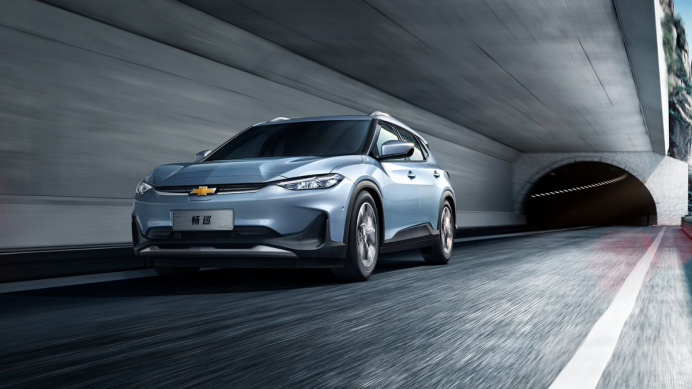
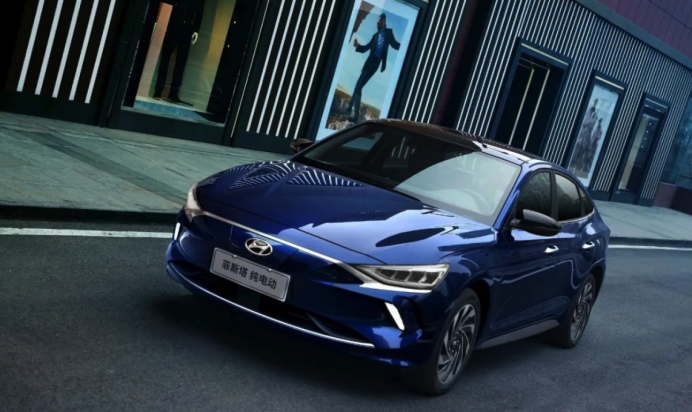
I see you mentioned that you go to the supermarket once a week and buy enough groceries for a week. Thus, I think you may have some requirements for the trunk space. Here’s a comparison of the trunk space between the Cruze and Veloster.
Cruze has a larger trunk opening, making it more convenient when transporting large luggage or going grocery shopping.
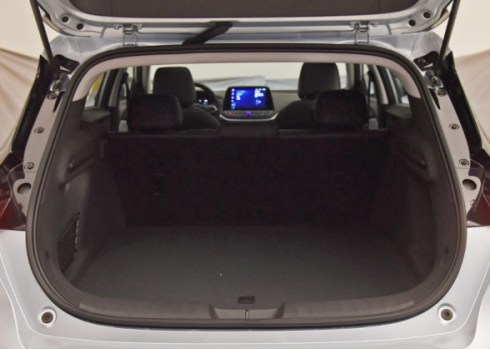
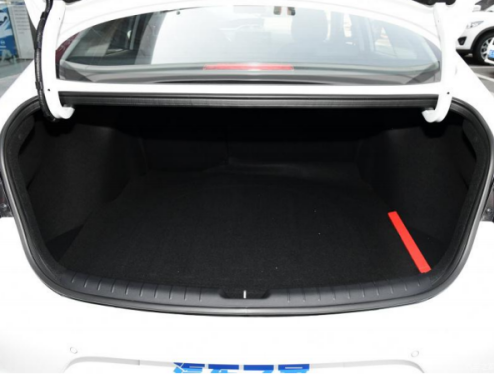
Regarding power, the advantages of Veloster are relatively large, but these two models are sufficient for urban commuting.
Cruze: 150 Ps 350 N·m
Veloster: 180 Ps 310 N·mIn summary, the Feista excels in power and endurance, while the Changan CS55 excels in trunk space and price. I suggest test driving both models in-store before making a final decision.
This article is a translation by ChatGPT of a Chinese report from 42HOW. If you have any questions about it, please email bd@42how.com.
